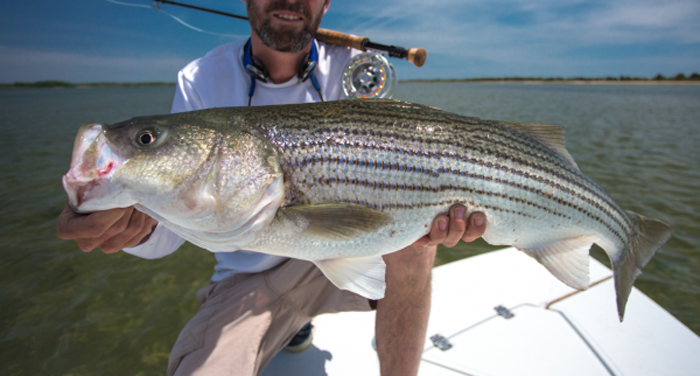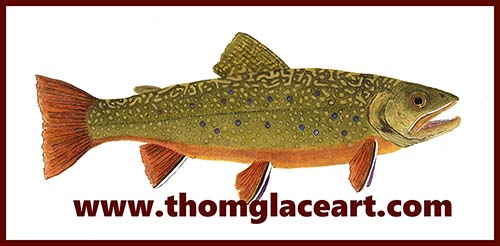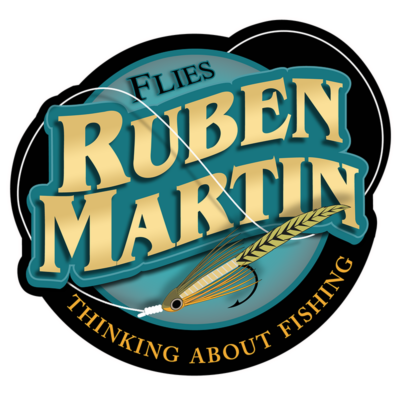
Angling in the wetlands – Emvato image.
Figure 8 Loop Knot is a serious non-cushioning 100% knot
By Henry Clement
An affinity for odd things like knots occasionally sends one off on a tangent, like hours of searching online for odd knots.
And some visitors exclaim, ‘Where did you get all these knot books? You’re not a mountain climber.’ That said, I always mention the knot that does not seem to have just ‘one’ single legitimate name. In some camps, it is referred to as the figure 8 knot, and others as the figure 8 loop knot. Sometimes, I will tie it for the genuinely curious, but I have yet to have anyone say they were familiar with it other than as a loop knot of several versions. No one I have encountered outside the tarpon guides in the Florida Keys uses it as a regular knot. I may be wrong about that, so please comment.
I do not use Figure 8 unless I am bill fishing or tarpon fishing. Additionally, I would use it if I were trevally, ocean jack, or shark fly fishing, but not angling for pike or musky. A bit guard would be satisfactory, along with a Non-Slip Loop Knot @ 20-pound test [rigged following IGFA].

I would not hesitate to use the Figure 8 knot when these are in town. False albacore by award-winning watercolorist Thom Glace. Here’s a link to his awesome gallery . . .
All climbers’ knots must be fail-proof
The so-called Figure 8 Loop Knot has an origin. It is a climber’s knot. Alpine and rock climbers know a lot about knots. They rely on knots to stay alive if they fall. To them, it is not an ah-shucks thing. If the knot does not hold, it could be death, do we part, or at least badly hurt.
This Figure 8 Loop Knot has variations and adaptations, but the knot in the Video below is a unique version.
Loop knots – those with the terminal knot have a considerable advantage over hook eye seated knots
In some big game angling circles, the Figure 8 in its original climber tie is a 100% strength knot. The Bimini Knot, a 99% strength knot, equivalent to Figure 8, has the desirable cushioning effect.
The Non-Slip Loop Knot, which an Instron Machine rates at RIO Products at 80%, is preferred over the climber version of the Figure 8 Knot because threading the tag end through the eight shapes in trout diameter mono or fluorocarbon lines is very difficult.
Pièce de ré·sis·tance
Loop knots in fishing have the favorable exhibition of letting the fly or lure ambulate as designed and swim naturally. Not having the knot tightly snugged down on the eye ot seated off-center causes it to swim awkwardly and unnaturally, rarely attracting an eat.
IGFA angler rules max test is 20# line. Figure 8 can be tied on heavy lines like an 80-pound test and probably more, especially if fluorocarbon
Its additional strength is that it can be tied using heavy mono for billfish, giant trevally, sharks, and 100-pound spring tarpon – using up to 80-pound test monofilament (it was not tested beyond #80 test material).
NOTE: There are many, many versions of knots employing the figure 8. Here is a partial list of figure 8 and 8 loop knots.
NOTE 2: Intherifflle produced the Video below.
NOTE 3: Feature Image by Capt. Andrew Derr







